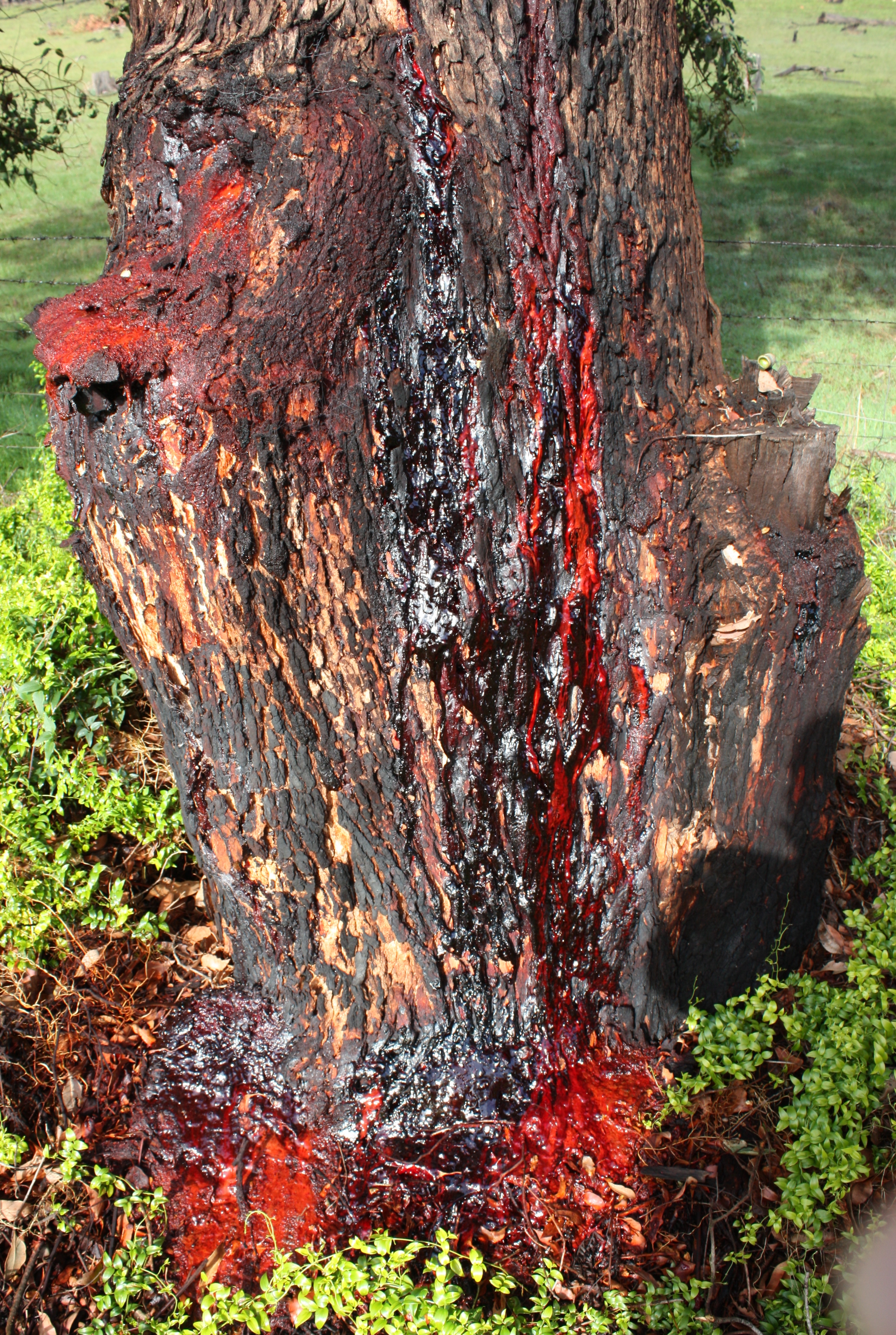|
Gummosis
Gummosis is the formation of patches of a gummy substance on the surface of certain plants, particularly fruit trees. This occurs when sap oozes from wounds or cankers as a reaction to outside stimuli such as adverse weather conditions, infections, insect problems, or mechanical damage. It is understood as a plant physiological disease. File:Klejotok na třešni 2.JPG, Plant sap Sap is a fluid transported in xylem cells (vessel elements or tracheids) or phloem sieve tube elements of a plant. These cells transport water and nutrients throughout the plant. Sap is distinct from latex, resin, or cell sap; it is a separat ... rises from the bark of a cherry tree File:Klejotok na třešni 1.JPG File:Klejotok 13023.JPG File:Klejotok 13028.JPG File:Klejotok na třešni 3.JPG References External links Video and commentary on gummosis on a cherry tree. Natural gums, * Physiological plant disorders {{plant-stub ... [...More Info...] [...Related Items...] OR: [Wikipedia] [Google] [Baidu] |
Gum (botany)
Gum is a sap or other resinous material associated with certain species of the plant kingdom. This material is often polysaccharide-based and is most frequently associated with woody plants, particularly under the bark or as a seed coating. The polysaccharide material is typically of high molecular weight and most often highly hydrophilic or hydrocolloidal. As seed coating Many gums occur as seed coatings for plant species; the adaptive purpose of some of these gummy coatings is to delay germination of certain flora seeds. An example of such a gummy coating occurs in the case of Western poison oak, a widespread shrub in western North America. See also * Cambium * Gummosis * Latex * Natural gum Natural gums are polysaccharides of natural origin, capable of causing a large increase in a solution's viscosity, even at small concentrations. They are mostly botanical gums, found in the woody elements of plants or in seed coatings. Human u ... Line notes * Plant physiology< ... [...More Info...] [...Related Items...] OR: [Wikipedia] [Google] [Baidu] |
